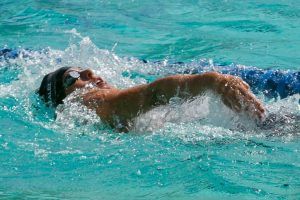
10 Motivational Swimming Quotes to Get You Fired Up
Looking for some awesome swim quotes? Give this list of motivational swimming quotes a look the next time you need to rock and roll in the pool.
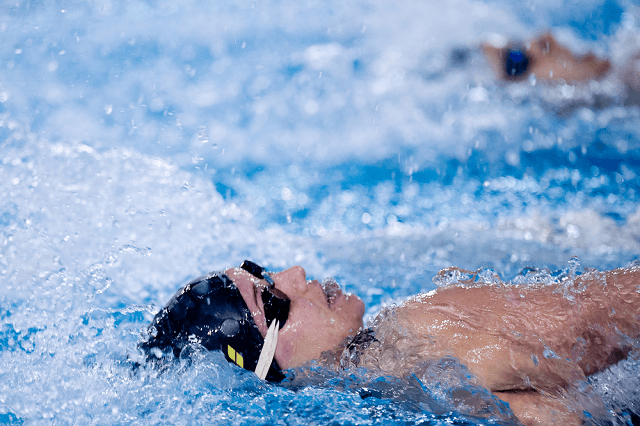
We’ve talked about the importance of setting goals for your swimming (here and here), while also underscoring the need to create a flexible, yet durable plan for success. Hopefully by now you have had some experience with setting your own goals for your swimming, but maybe you aren’t seeing the results you want.
Setting the goal is the easy and fun part; it’s daydreaming, wishful thinking. Getting down to brass tacks and figuring out how to pull that dream out of the clouds into reality is a little more difficult, and often where people get stuck.
Here is a 7-step guide for creating your own bulletproof plan to crush your swimming goals:
Keep your main goal as clear and as defined as possible. Don’t leave any room or space for doubt or ambiguity.
Goals such as “I want to swim fast” are well-intentioned, but they set you up for failure. Why? Because it’s a subjective goal. “Fast” will mean something completely different for you six months from now.
Instead, zero in on a very specific, concrete number: “I want to swim 2:26.43 for the 200m breaststroke at Olympic Trials in 2016.”
Boom, now that is a goal! You have a very specific time, as well as a deadline to help push you into action.
If the path to our goals is a journey, so far we have only two points: the end (what we want to achieve), and the beginning (where we stand at this very moment).
It’s time to fill in the dots between.
Do the research and figure out which competitions you will be attending between now and your goal. Make a list of ‘em, and beside the name of each competition, write down the time you will have to swim that will mean you are progressing towards the end result.
(Keep in mind that not all of the meets will shave and tapered, so keep in mind that you will almost always be slower at in-season meets.)
With this list of meets and goal times we have the roadposts that will signify progress, and give us the shorter term goals to draw aim at.
It’s time to get honest with yourself, and to do a little more homework. (Sorry I’m not sorry!) Grab a piece of paper and pen, and on it write down the areas where you need to get better. Try to avoid generalities and make the things you want to improve as specific and measurable as possible.
For example, if you know that your kick has to improve, set a goal to drop time on your 200m breast kick time. Don’t write open-ended things such as “improve kick” without having a measuring stick beside it.
Aim to have 4-5 high impact components to improve, and no more. Once you get started on a list you’ll need to resist the urge to write out an endless laundry list of things to fix.
The fewer the better. Having a massive list will be daunting to the point of not knowing where to start, and more importantly, because your time is limited and your efforts are spread so thin the list will prove discouraging when you only see minor improvements among a couple of items, instead of profound improvements in a few.
(Besides, often times when you change one facet of your swimming, it radiates outwards. Improving your kick for example doesn’t just help your propulsion and balance in the water, it will also improve starts and turns as well.)
Now that we have our hit list of the things we are going to strengthen, it’s time to write out a list of actionable items for each.
Here is an example:
Area of Improvement: Improve breast kick
The measuring stick: Kick 200m breaststroke in under 2:55
Actionable Items:
- Spend 10 minutes per day working on knee and ankle flexibility.
- Doing 10 minutes of vertical breaststroke kick 5x per week.
- Get video analysis of kick to check for any spots where propulsion is lost.
The list doesn’t have to be massive here either; generally 1-3 things is sufficient. What matters most here – and what will provide the most exceptional of results – is to execute this list consistently.
Swimming goals at their best are exceptionally clear cut. Fortunately for swimmers we have a coach and an endless number of variables to measure our progress. Use these so that you can develop a better sense of how quickly you improve (which will also help you set more intelligent goals moving forwards).
There will be trying times. This I can promise you. There will be moments where you don’t think you are making fast enough progress, where your confidence falls through the floor after a bad couple workouts, or a sudden injury has you sidelined and on the outside looking in.
These moments are where you go back to your plan and make the necessary adjustments. The plan for your swimming goals isn’t made of concrete, it’s flexible as long as you are being flexible with the manner with which you continue to chase your goals.
Don’t misunderstand flexibility for wiggle room; being malleable with the way you achieve your goals is different from giving up on parts of your plan. It’s about finding a new direction when the old one isn’t working.
I cannot stress this point enough.
Don’t fall into the loop of putting things off until tomorrow, or next week, or when you feel you will be better suited to start down your path. There is no better time than this very moment, so make sure that the first thing on your goal plan is something you can begin immediately.
Acting now will get you in the habit of continually moving forward, of seizing the moment regardless of circumstance, and get you into the habit of being habitually active.

Olivier Poirier-Leroy Olivier Poirier-Leroy is the founder of YourSwimLog.com. He is an author, former national level swimmer, two-time Olympic Trials qualifier, and swim coach.

Looking for some awesome swim quotes? Give this list of motivational swimming quotes a look the next time you need to rock and roll in the pool.
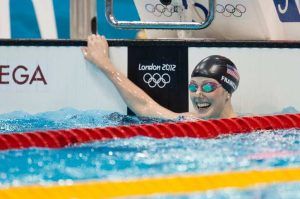
Missy Franklin’s book Relentless Spirit details the triumphs and tribulations on the path to becoming an Olympic champion. Here is a review of the book, along with key takeaways, quotes and highlights…
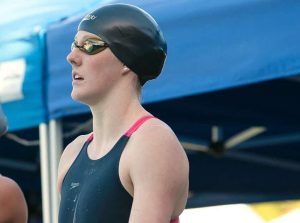
American swim star Missy Franklin captivated the world during her reign as one of the best swimmers on the planet. Here’s how she built her self-confidence going into big swim meets.
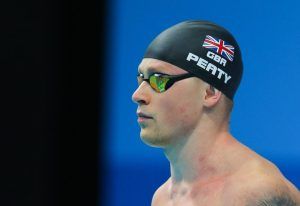
If you want to swim faster and maximize your preparation in the water, make sure you are focused on real solutions and not fake problems.
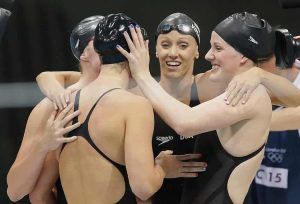
Ever wondered why some swimmers always swim ridiculously fast on relays? Here’s how the kind of motivation you use behind the blocks influences how you perform in the water.
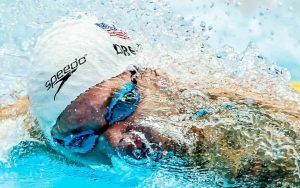
This is the ultimate guide for helping age group swimmers get highly motivated. You are going to learn about some proven techniques and tools that you can start using today to light your motivation on fire. (And keep it burning bright after that first burst of motivation fades away.) If
SITE
SHOP
GUIDES

LANE 6 PUBLISHING LLC © 2012-2024
Join 33,000+ swimmers and swim coaches learning what it takes to swim faster.
Technique tips, training research, mental training skills, and lessons and advice from the best swimmers and coaches on the planet.
No Spam, Ever. Unsubscribe anytime.
